Perfect Your Bundt Cake: How Long to Let It Cool Before Frosting, Glazing, or Flipping
This post contains affiliate links.
Ah, the Bundt cake! Truly one of my favorite things to bake, yet also one of the most challenging to perfect. I can't tell you how many times I've painstakingly followed a recipe, only to fumble at the cooling stage. Let me be clear: Cooling a Bundt cake isn't a step you can overlook; it's an art form all its own, just as much as getting the right Caramel Filling For Bundt Cake or sprinkling the ideal amount of Powdered Sugar Dusting For Bundt Cakes.
Different Bundt cakes have different cooling requirements, and if you miss the mark? Well, let's just say I've had my share of crumbled cakes and runny glazes. It's a heartbreak only a baker could understand. So, after much trial and error, I decided it was high time to create a go-to guide on this tricky subject. Consider this your companion guide to my ever-so-helpful Bundt Cake Baking Hacks blog post.
But this guide is more than just about the cake itself. It's about the entire Bundt cake experience—from knowing how to properly Grease a Bundt Pan For Chocolate Bundt Cake to making sure your Bundt cake glazes and frostings complement the cake rather than slide off it. Because let's face it, even if you've got a killer Lemon Blueberry Bundt Cake recipe, if you can't get the cooling and glazing right, you're not crossing the finish line.
Oh, and we'll get into the nitty-gritty of those seemingly trivial yet crucial matters like when it's okay to flip your cake. Trust me, flipping the cake too early or too late can be the undoing of an otherwise perfect Red Velvet Bundt Cake with Chocolate Hearts. Even the timing for cutting into your cake can make or break it. I learned that the hard way when my Lemon Cranberry Bundt Cake with Sugared Cranberries ended up being too doughy to enjoy.
So, grab your apron and preheat that oven. This guide will make sure that the next time you bake, whether it's a classic Lemon Bundt Cake or a festive Christmas Chocolate Bundt Cake with Chocolate Frosting, you'll have a masterpiece worthy of any occasion.
Ready to up your Bundt cake game? Then let's get into it!
Understanding the Importance of Cooling Time: Trust Me, It's Not Just About Patience, It's Science!
You might think once the baking is done, the hard part is over. Well, not quite! I used to believe that too, until I realized how pivotal the cooling process was. Cooling doesn't just kill time; it fundamentally affects the texture, moisture, and even the quality of the cake. Ever taken your Bundt cake out of the oven and thought, "Okay, done!"? Think again. The cake is still "cooking" from residual heat, and this after-bake can dramatically change your end result. In fact, improper cooling has often been the sneaky reason behind my own runny Bundt cake glaze fiascos.
The thing is, not all Bundt cakes are created equal. I've baked enough to know that the size of the cake and even the material of the pan—did you read my post on Silicone vs Aluminum Bundt Cake Pans?—can affect how long the cake needs to cool. For example, when I bake smaller cakes like my Lemon Poppyseed Bundt Cake, they usually cool faster than my more elaborate, dense creations like the Chocolate Bundt Cake from Cake Mix.
Moisture content is another game-changer. I've found that cakes with a high moisture content, like my Raspberry Swirl Bundt Cake, need a bit more cooling time compared to drier cakes. It's like the cake's encore performance, and it deserves just as much attention as the main event!
And let's not forget the toppings! A perfectly cooled cake is like a blank canvas for Bundt cake glazes and frostings, or even a simple but elegant dusting of Powdered Sugar. Trust me, your toppings will thank you if your cake is cooled correctly.
So, don't rush this step. Cooling your Bundt cake is not just a pause in the process; it's a crucial chapter in the cake-baking story. Make sure to give it the attention it deserves!
How Long to Let a Bundt Cake Cool in the Pan: The 10-Minute Rule and Beyond
Let me tell you, timing is everything when it comes to Bundt cakes. I can't count how many cakes I've ruined by being impatient! In my kitchen adventures, I've found that a 10-minute cooling period right in the pan strikes the perfect balance. This pause allows the cake to contract a little from the pan sides, making it easier to flip onto a cooling rack later. But why 10 minutes and not 15 or 5? Honestly, it's because this seems to be the sweet spot for cakes of various sizes, whether I'm baking a Lemon Blueberry Bundt Cake or a more elaborate Gingerbread Bundt Cake With Caramel Filling.
After this first act in the pan, I always move my cake to a round cooling rack to finish its cooling journey. I don't leave it in the pan, and here's why: Trapping the cake in the pan could cause moisture to build up on the cake's bottom. We've all been there with a soggy bottom, right? It’s basically the bane of Bundt cakes! To avoid this, you should get to know your cake better. Is it pulling away slightly from the sides? If yes, it's giving you the green light to flip it over.
But wait! Before you even think about flipping, let's talk about the pan. A well-greased pan is your safety net for a flawless cake removal. Believe me, I learned this the hard way. And by 'hard way,' I mean clinging cakes and half-baked rescue missions! Trust me, no Bundt cake removal strategy is complete without a well-greased pan. For those who might need a refresher, check out my guide on How To Grease a Bundt Pan For Chocolate Bundt Cake for tried and true methods.
In summary, think of the 10-minute cool in the pan as your cake's "me time"—a brief but crucial period that prepares it for the next steps in its journey to becoming the Bundt cake masterpiece you've always dreamed of.
How Long to Wait Before Flipping the Cake: A Symphony of Finesse and Timing
Ah, the grand flip—a crucial moment in any Bundt cake journey. As I said before, I'm a big believer in the 10-minute rule for letting the cake chill out in its pan. But once those minutes are up, it's game time. The flip isn't just about muscle; it's about grace, people! You don't want to rush this step; otherwise, you might end up with a cake that's a hot mess—literally.
Here's how I go about it: First, I place the cooling rack on top of the pan like a lid. Hand on the bottom of the pan, and another on the top of the rack, then, with a swift yet controlled movement, I flip the whole assembly over. It's almost like a well-choreographed dance, and if all goes well, your cake should make a smooth landing onto the cooling rack, sitting pretty and right side up.
Remember when I mentioned the crucial role of a well-greased pan? I wasn't joking. The success of 'the flip' largely depends on how well you've greased your pan. If you're still unsure about your greasing skills, take a moment to revisit my post about How To Grease a Bundt Pan For Chocolate Bundt Cake. It's a foolproof guide that can mean the difference between a Bundt cake masterpiece and a crumbly catastrophe.
Also, it's worth mentioning that certain cake recipes can be a bit more temperamental than others. For instance, my Lemon Poppyseed Bundt Cake is a little more delicate and might need some extra TLC during the flipping process. Whereas, my Red Velvet Bundt Cake with Chocolate Hearts is more forgiving, thanks to its richer texture.
So there you have it! Flipping your Bundt cake might seem like a high-stakes operation, but with the right preparation and a dash of finesse, you'll have it down to a fine art.
To Sleep or Not to Sleep in the Pan: The Overnight Bundt Cake Dilemma
Trust me, I've been there: It's late, and the thought of just leaving that beautiful Bundt cake in the pan until morning is incredibly appealing. I mean, what could go wrong, right? Ah, but let me tell you, as someone who has walked this tightrope, it's a risky move. If you let your Bundt cake hibernate in its cozy metal home all night, you might wake up to a cake that's less than perfect—moist to the point of being soggy.
Now, if you’re desperate and need to get some shut-eye, there's a workaround: Once the cake has cooled down to room temperature, you can gently transfer it to an airtight container. This little trick keeps it from getting too soggy while still preserving its flavor. I've covered some of these storage tricks in my blog post on Bundt Cake Baking Hacks that you might find useful.
Another option if you're a make-ahead kind of baker? You could explore some of my recipes that are more forgiving of extended pan time. My Gingerbread Bundt Cake With Caramel Filling tends to have a denser texture that can withstand the perils of overnight pan storage a bit better. On the flip side, something like my Lemon Blueberry Coffee Cake Bundt will demand immediate eviction from the pan to maintain its delicate crumb.
So, if you're eyeballing your Bundt pan at midnight, weighing the pros and cons, just remember that you have options. But for the love of all things cake, don't let that beauty sit in the pan all night unless you're willing to compromise on texture.
The Patience Game: When to Ice or Glaze Your Bundt Cake
Okay, folks, let's talk about one of my favorite parts: icing and glazing. Ah, it's the crowning glory, isn't it? But don't get too excited and jump the gun. In my kitchen adventures, I've learned that good things come to those who wait. Specifically, waiting a minimum of 1 hour to apply any icing or glaze has yielded the best results for me.
Rush this step and you'll end up with a disaster—trust me. Imagine watching your carefully made glaze just slide off your warm Bundt cake and pool woefully at the bottom. I've been there, and it's not a pretty sight. If you're into decorating with chocolate accents, heed this warning: chocolate will turn into a gooey mess on a warm cake. Don't believe me? Check out my post on why my bundt cake glaze is too runny to see what I mean.
The key to a beautifully iced or glazed Bundt cake is ensuring the cake is completely cool. If you're as passionate about icing as I am, you'll want to also check out my blog post on Bundt Cake Glazes and Frostings. Trust me, getting this part right can make or break the presentation of your Bundt cake, and you don't want to compromise that, do you?
So, show a little restraint and let that cake cool down. It's worth the wait for a Bundt cake that not only tastes fantastic but also looks like it came straight out of a bakery window.
Hold That Knife! The Ideal Time to Cut Your Bundt Cake
Alright, so you've baked this incredible Bundt cake, it's cooled, and it's glazed to perfection. I know you're eager to slice right into it, but hold on just a second. I can't stress enough how crucial it is to wait before cutting into your masterpiece. Trust me, I've made the mistake of cutting in too soon, and let me tell you, it's not pretty. You end up with slices that are more ragged than a pirate's flag, and the inside? Doughy, as if it's begging for a few more minutes in the oven.
You might be wondering, "Why does this happen?" Well, cakes are like us after a long workout—they need time to rest and firm up. Cutting into a warm cake can cause it to crumble or appear undercooked, ruining not just your presentation but also affecting its texture. If you've experienced this and wondered why your Bundt cake seemed too moist or too dry, the premature cutting might be the culprit.
For a Bundt cake that slices like a dream, you'll need to let it cool down completely. It's not just about cooling enough to apply glaze; it needs to be cool enough to hold its own structure when faced with a knife. Patience, my friend, will reward you with a cake that looks as good as it tastes.So, let's allow our Bundt cake the time it deserves to transform into the perfect dessert you'll be proud to serve. If you're looking for more tips on how to perfect your Bundt cake experience, don't forget to check out my other blog posts like Powdered Sugar Dusting For Bundt Cakes or How to Grease a Bundt Pan For Chocolate Bundt Cake.
Quick Cooling Techniques: Speeding Things Up Without Ruining Your Bundt Cake
So, you've got unexpected guests or maybe you just can't wait any longer to dive into that delicious Bundt cake. Trust me, I've been there. While I generally advocate for the patience-is-a-virtue approach, life doesn't always afford us the luxury of time. That said, there are some nifty tricks I've tried and tested to speed up the cooling process without damaging your cake's delicious integrity.
First, you can leverage modern technology by placing your cooling rack over a fan. Just be sure it's a clean fan with adjustable speed—you don't want a wind tunnel effect that leaves your cake drier than the Sahara. What this does is help circulate the air around your cake, thus cutting down the cooling time considerably.
Another trick in my book is slicing the cake into segments. Now, be cautious if you're going to use this method; it does make your cake more prone to drying out if you're not careful. The idea is to expose more surface area to air, speeding up the cooling process. But remember, once you cut, there's no going back. So only use this technique if you plan to serve the cake immediately or if you're going to glaze those segments right away. If you're worried about dryness, you might want to check out my blog on why your Bundt cake might seem too dry or too moist for some pointers.
The goal here is to get your Bundt cake to that perfect, ready-to-eat temperature without making sacrifices that you'll regret later. If you're interested in other tips and tricks for your Bundt cake adventures, take a look at my post on Bundt Cake Baking Hacks.
Happy speedy cooling!
Troubleshooting and FAQs: Your Burning Questions Answered
Listen, we've all had our share of Bundt cake struggles. I remember the times when my cake would stick to the pan like it was glued there, or when it turned out too dry or moist. So, I've put together a few tips and common FAQs to help you out.
- Stuck Bundt Cake? Try This!
- I swear by using a round cooling rack for a seamless Bundt cake removal. It's really simple. Just place the cooling rack on top of your Bundt pan, and with confidence and a swift motion, flip both of them over. Your cake should come out nicely onto the rack. If you need more guidance on this, check out my blog on How to Grease a Bundt Pan for Chocolate Bundt Cake.
- Is Your Cake Too Moist or Too Dry?
- Believe it or not, your cooling times can really affect the moisture content of your cake. If you find that your cake is coming out too moist or too dry, you might want to reconsider the cooling times specific to your recipe. Each recipe can be a bit different in terms of moisture, so don't hesitate to tweak the timings a bit. For more insights into cake moisture, have a look at my post on why your Bundt cake might seem too dry or too moist.
Remember, practice makes perfect. As you continue to bake more Bundt cakes, you'll get a better feel for the timing and techniques that work best for you. Got more questions? Don't hesitate to delve into my Bundt Cake Baking Hacks for all kinds of pro tips.
Bundt Cakes
You know, I used to think that once the cake came out of the oven, the hard part was over. Oh, how wrong I was! Cooling a Bundt cake might seem like a minor detail, but I've learned it's an art in itself that needs as much love and attention as mixing the batter or greasing the pan. Take it from someone who has ruined a good number of cakes by rushing this stage—the way you cool your Bundt cake can make or break the final product.
That initial 10-minute cooling time in the pan is crucial; it allows your cake to contract a bit and makes flipping it a breeze. Don't underestimate this part; if you do, you might end up with a cake that's stuck like glue to the pan. Trust me, there's a real technique to this, as you'll see in my blog about How To Grease a Bundt Pan For Chocolate Bundt Cake.
In the end, patience is a virtue when it comes to Bundt cake baking. Whether you're waiting an hour before you start icing or holding off on slicing into your masterpiece, these steps are just as crucial as the mixing and baking. If you're as enthusiastic about Bundt cakes as I am, I urge you to experiment with cooling times and techniques to discover what works best for you.
For more troubleshooting and ideas, don't forget to check out my other blogs like Bundt Cake Baking Hacks and why is my bundt cake glaze is too runny for more invaluable tips and tricks.
Happy cooling, and even happier eating!
Food Photography & Video Tips from My Studio
Here’s a peek at the tools, gear, and camera setups I use to film my recipe videos and photograph food at home. Over the years, I’ve tested dozens of different setups, and now I’m sharing what actually works for me—whether I’m filming overhead shots for YouTube or styling still photos for my blog. If you’re curious about how I create the content you see here, these posts are a great place to start.
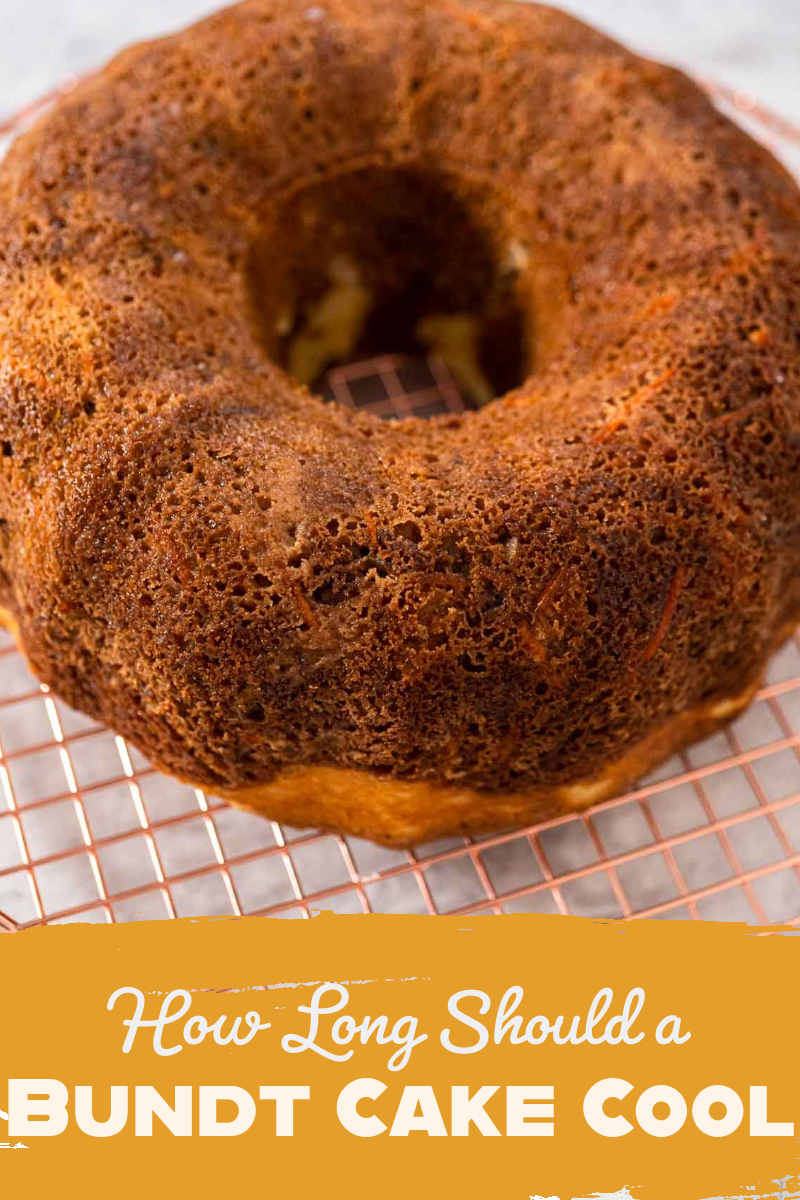
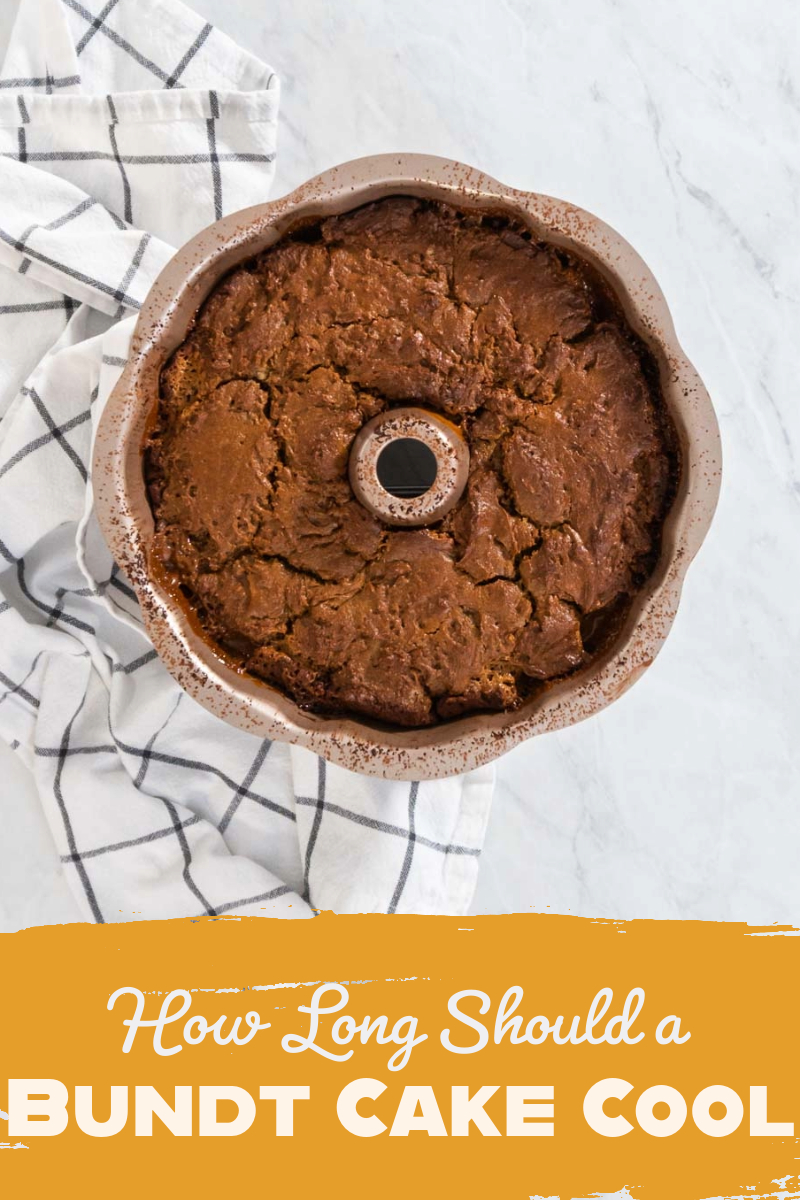
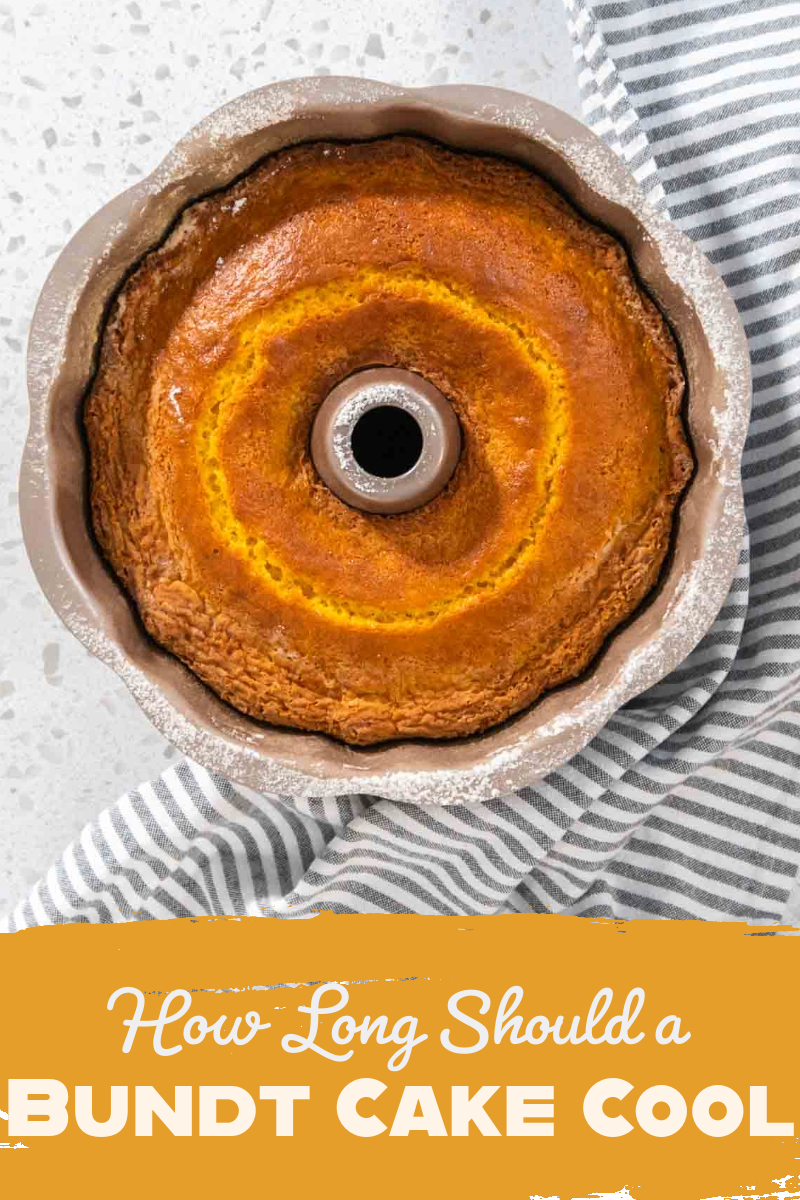


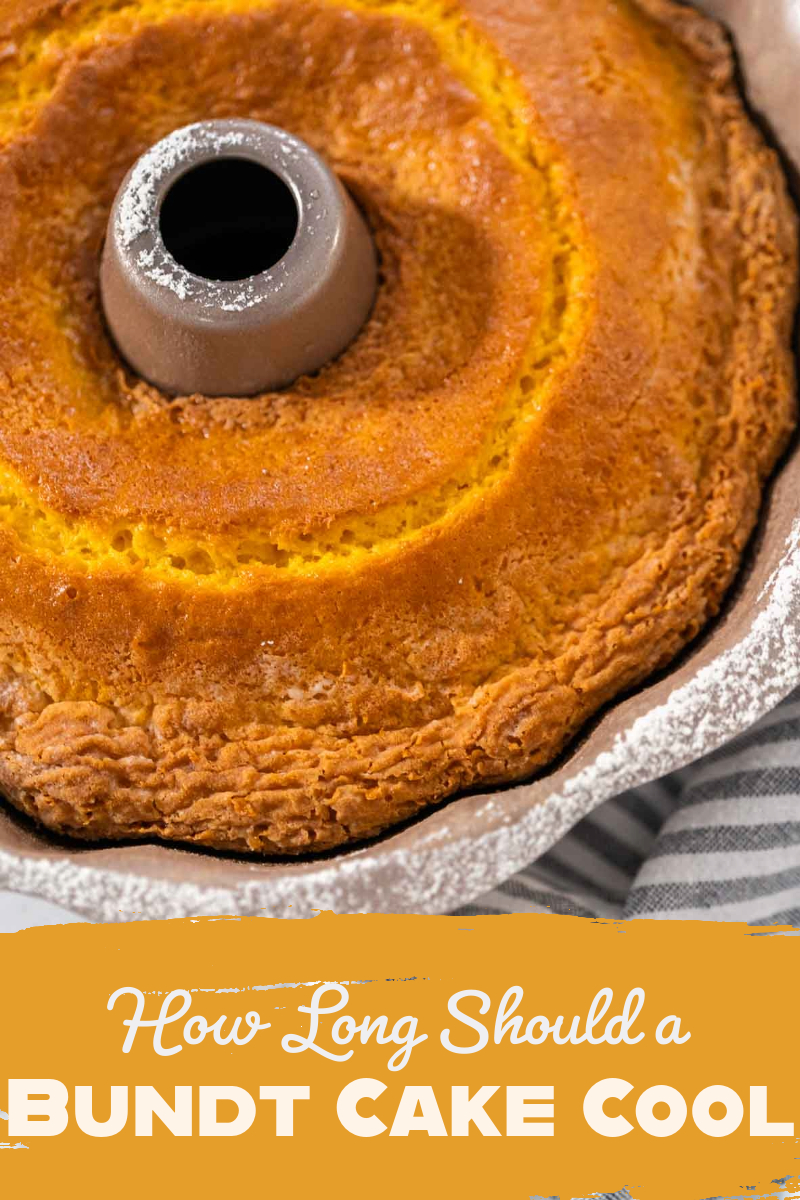
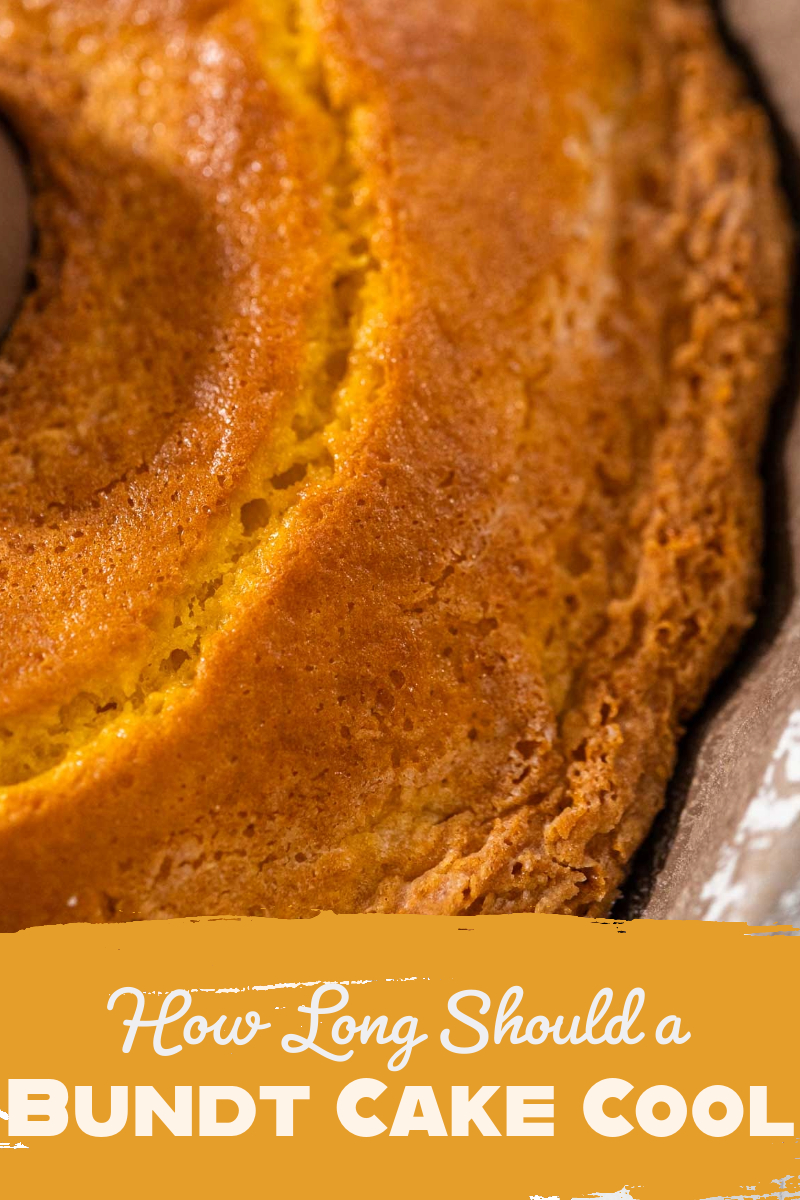
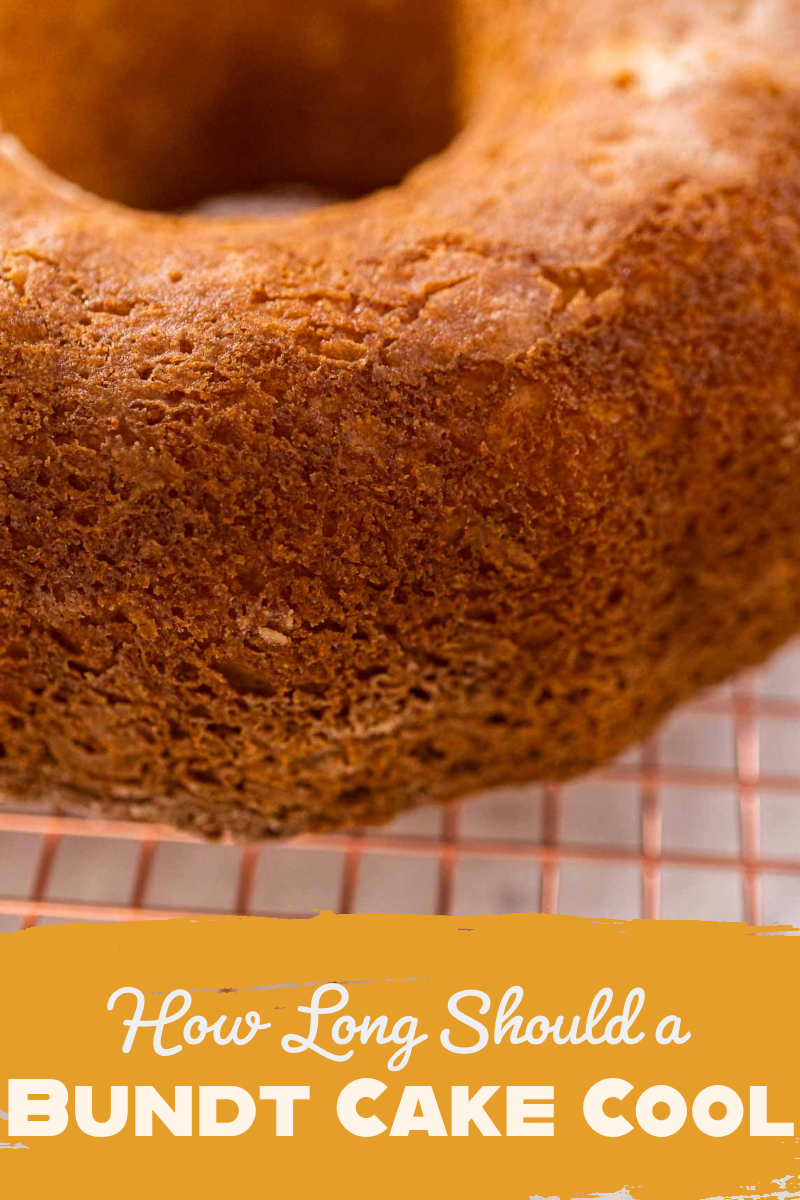
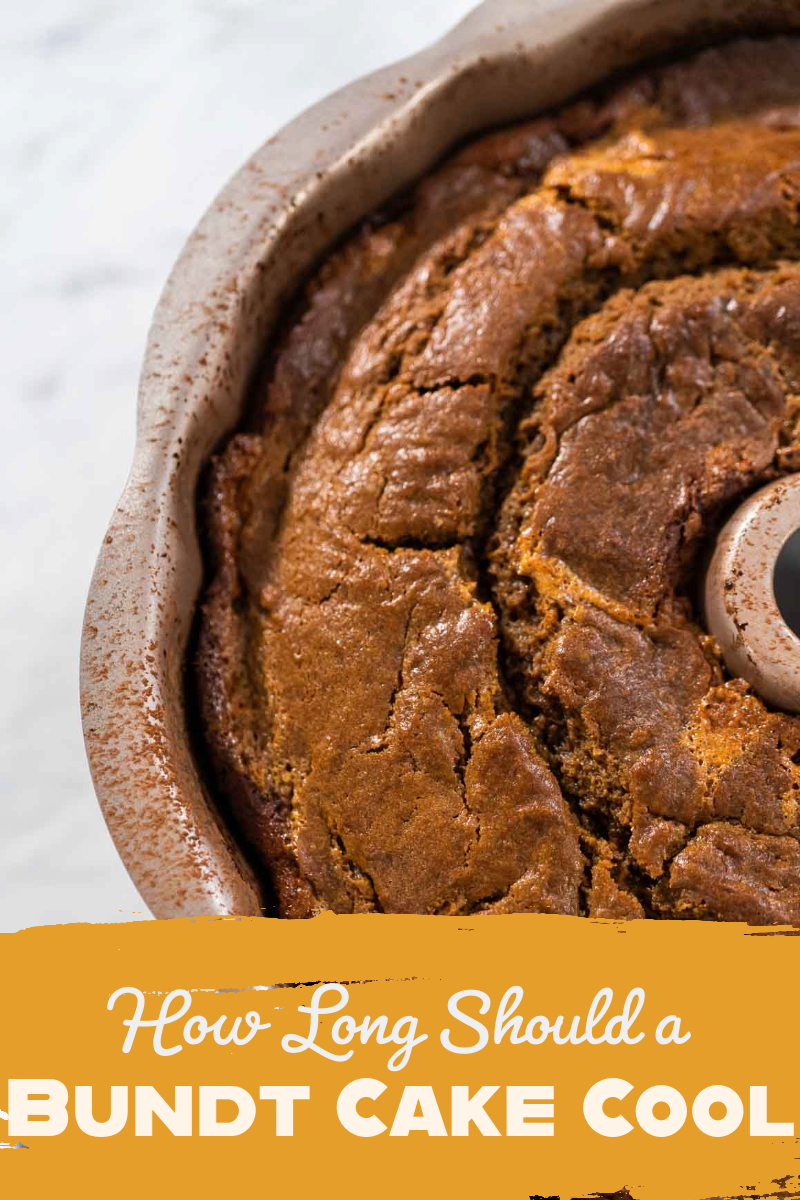




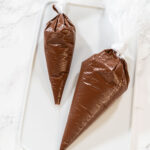


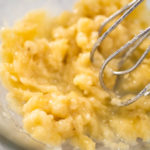



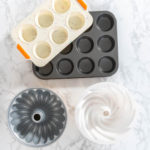
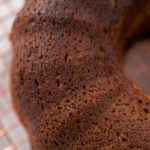




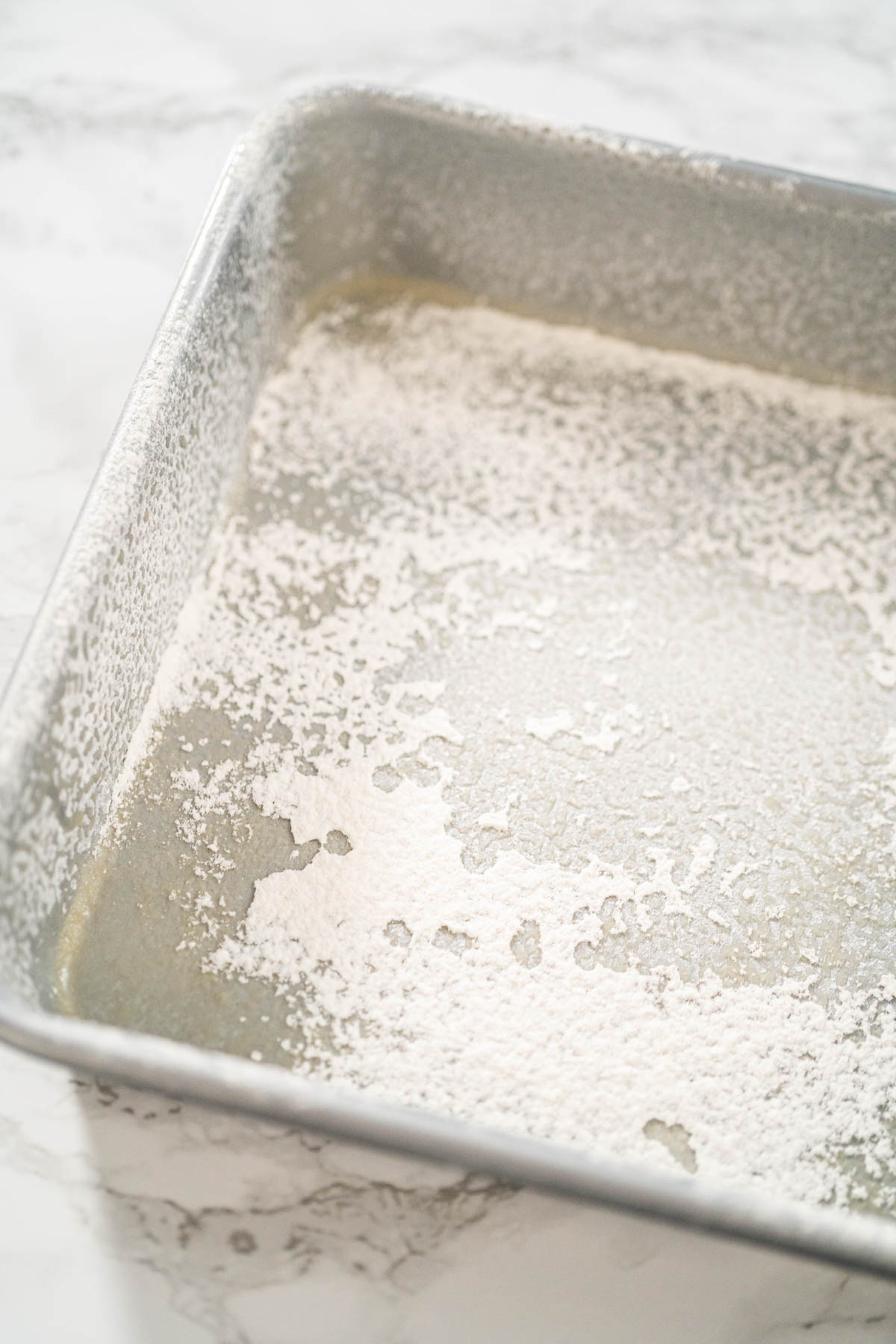
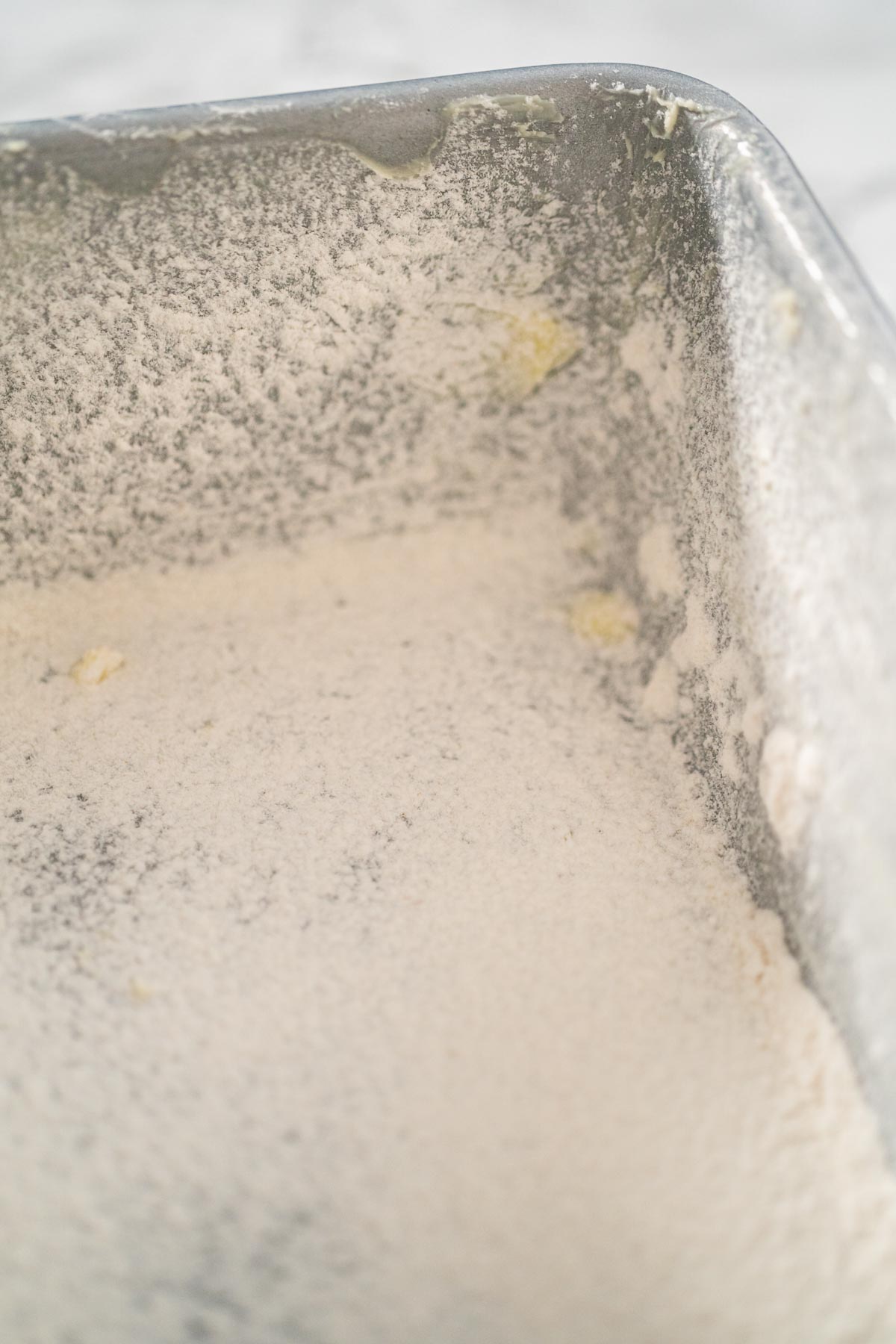
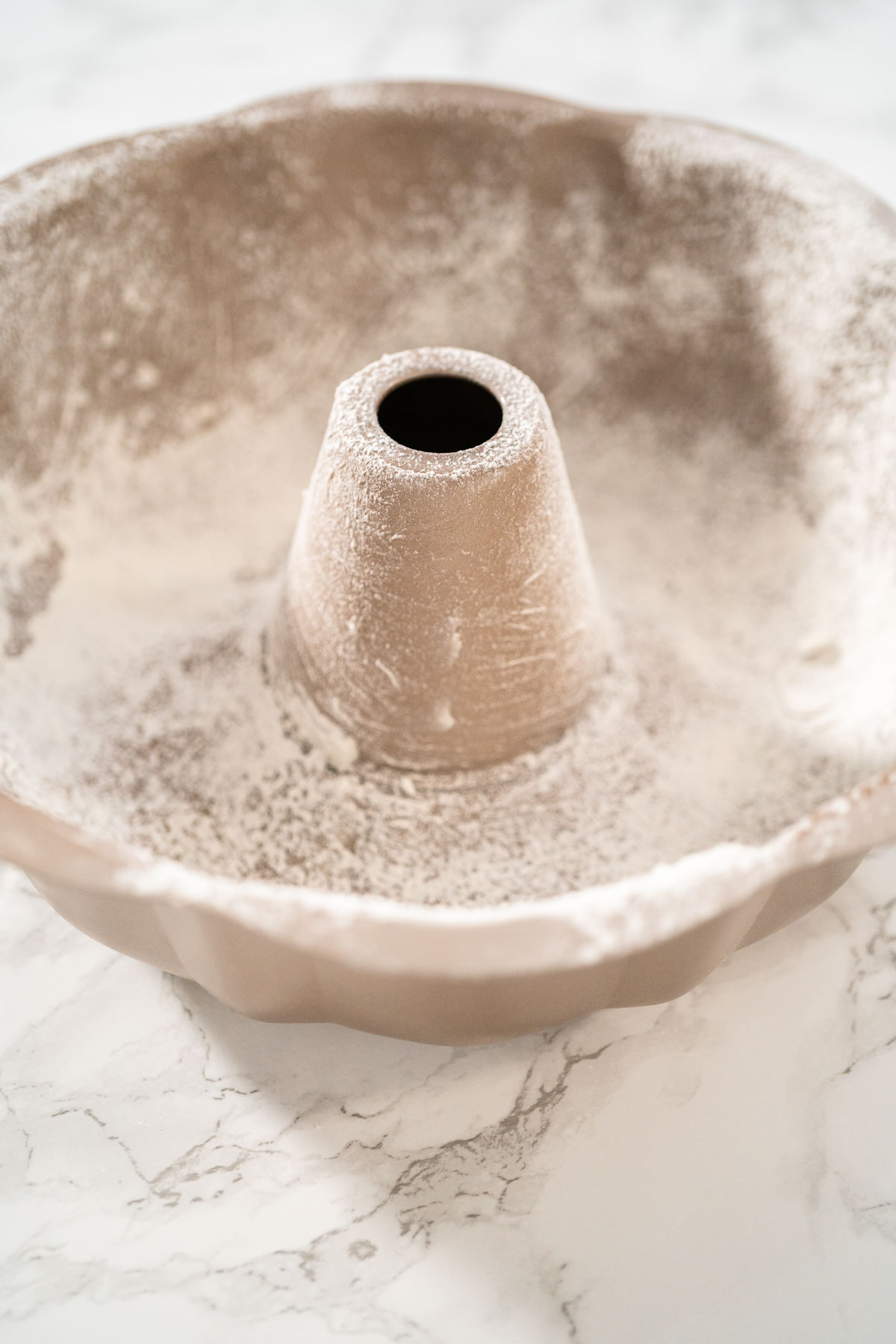




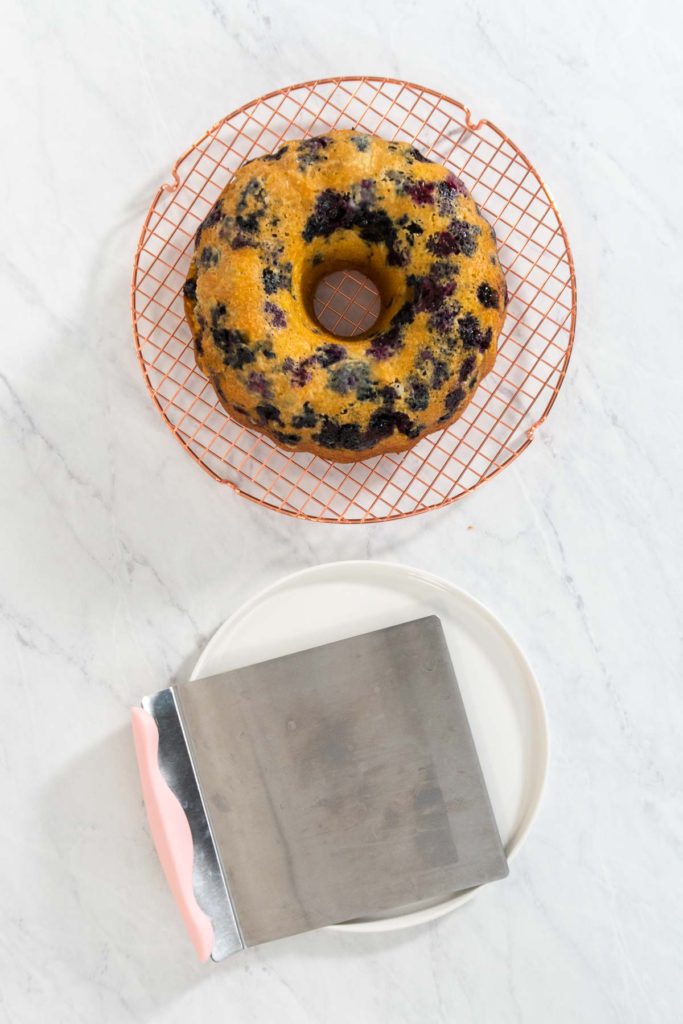
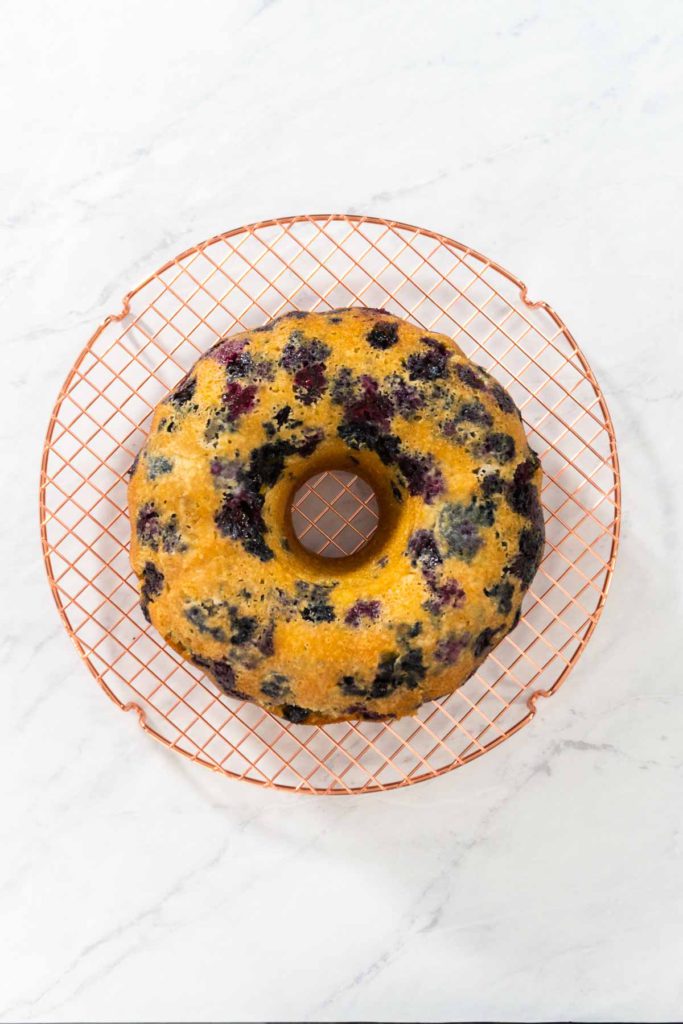

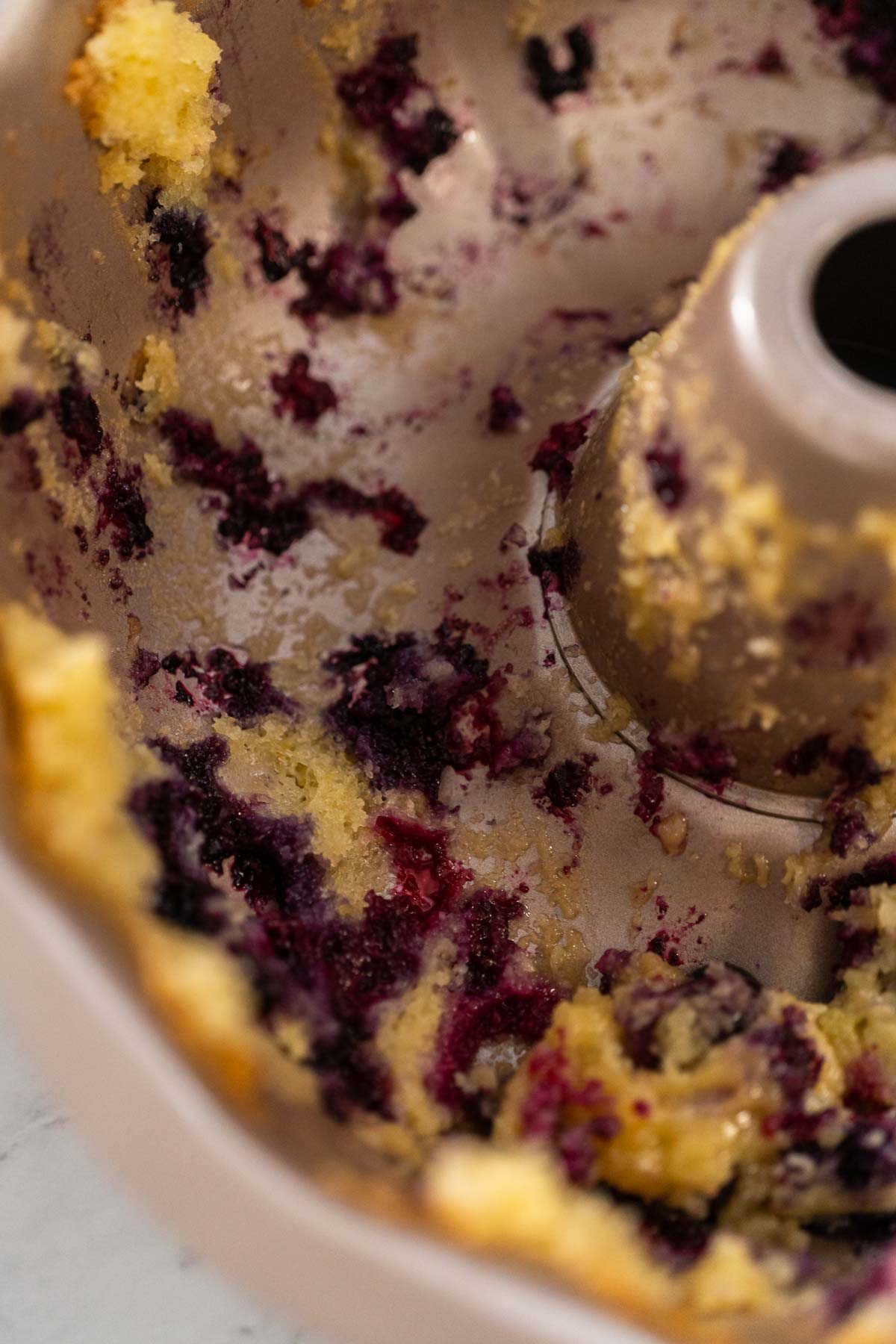
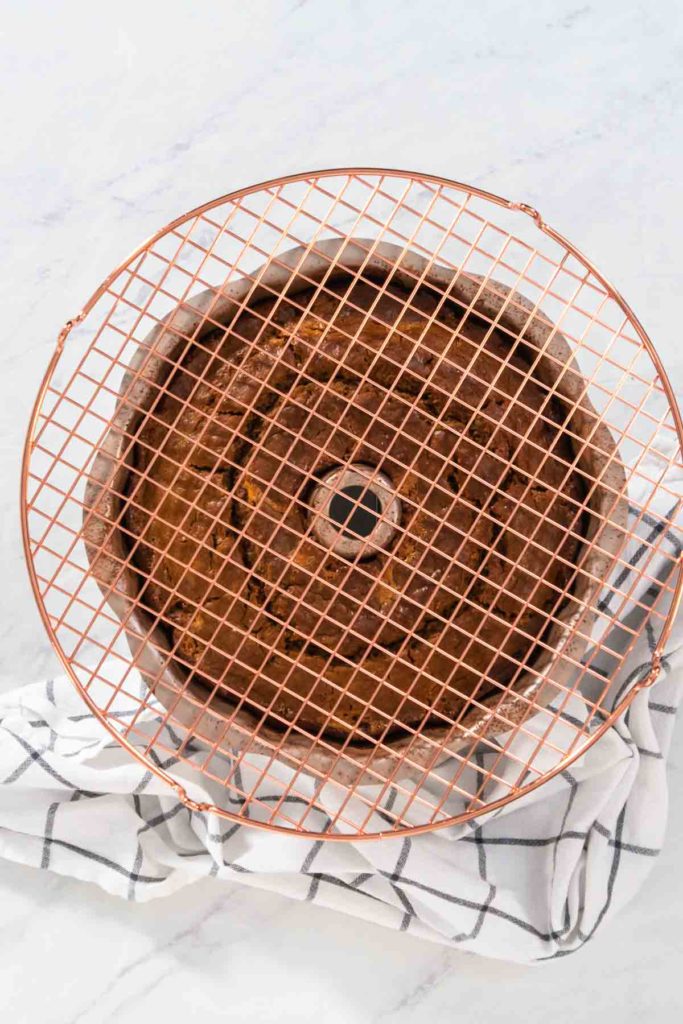
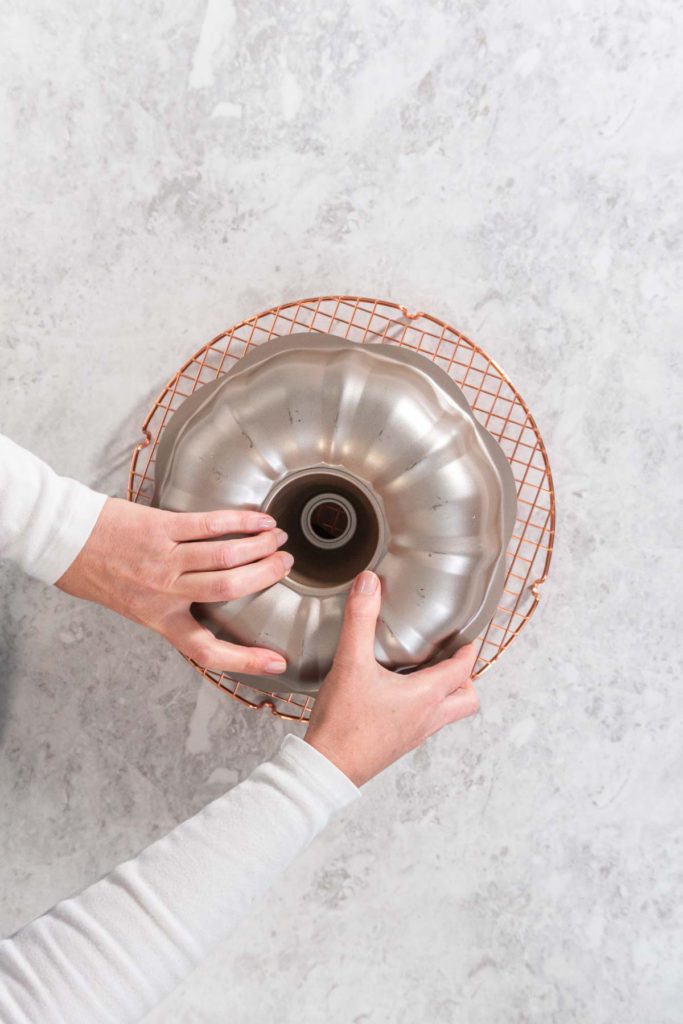


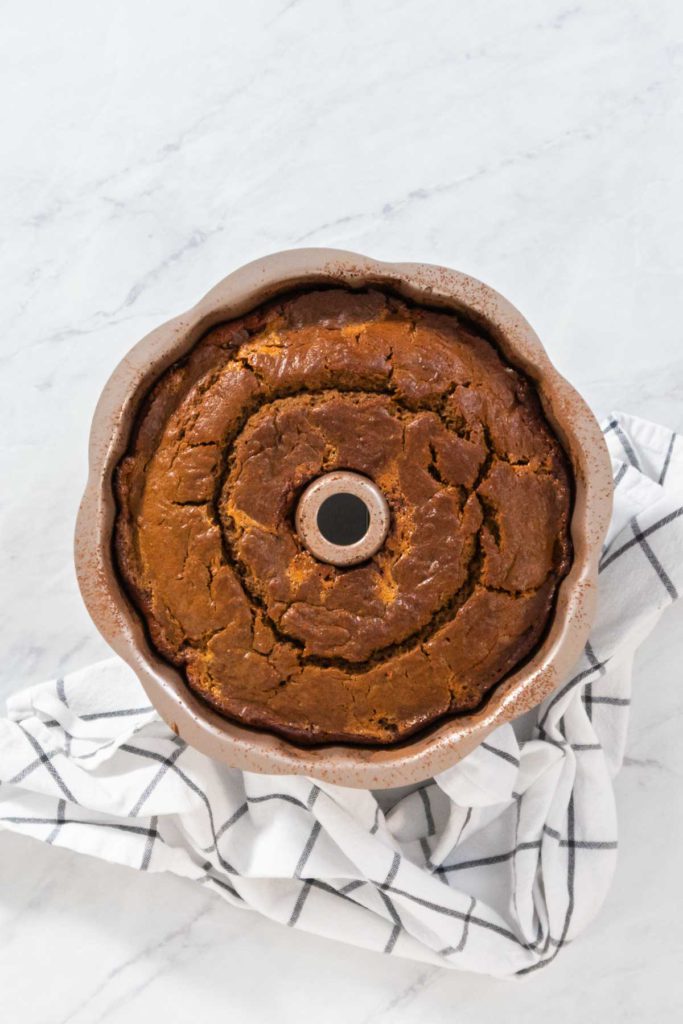
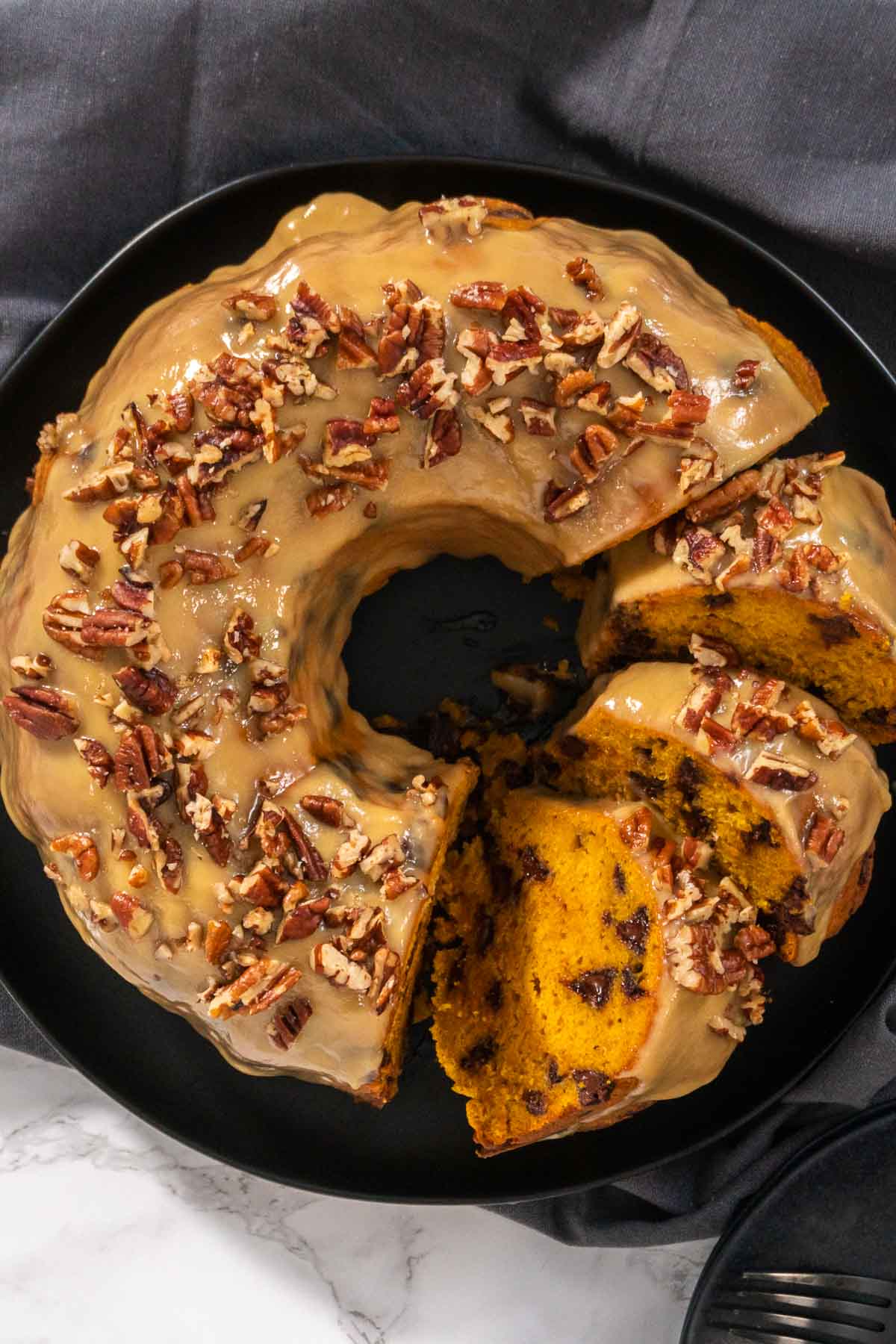
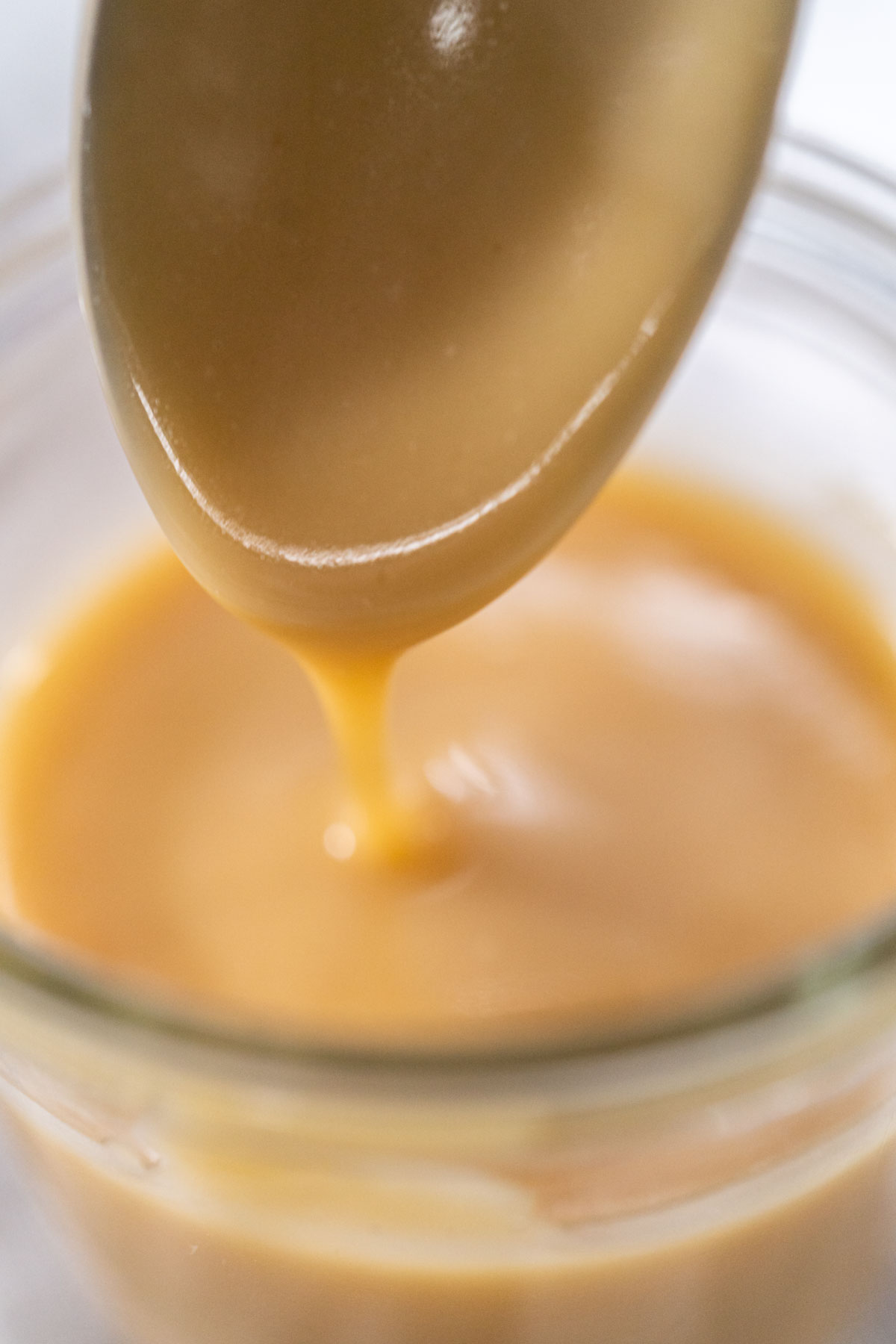
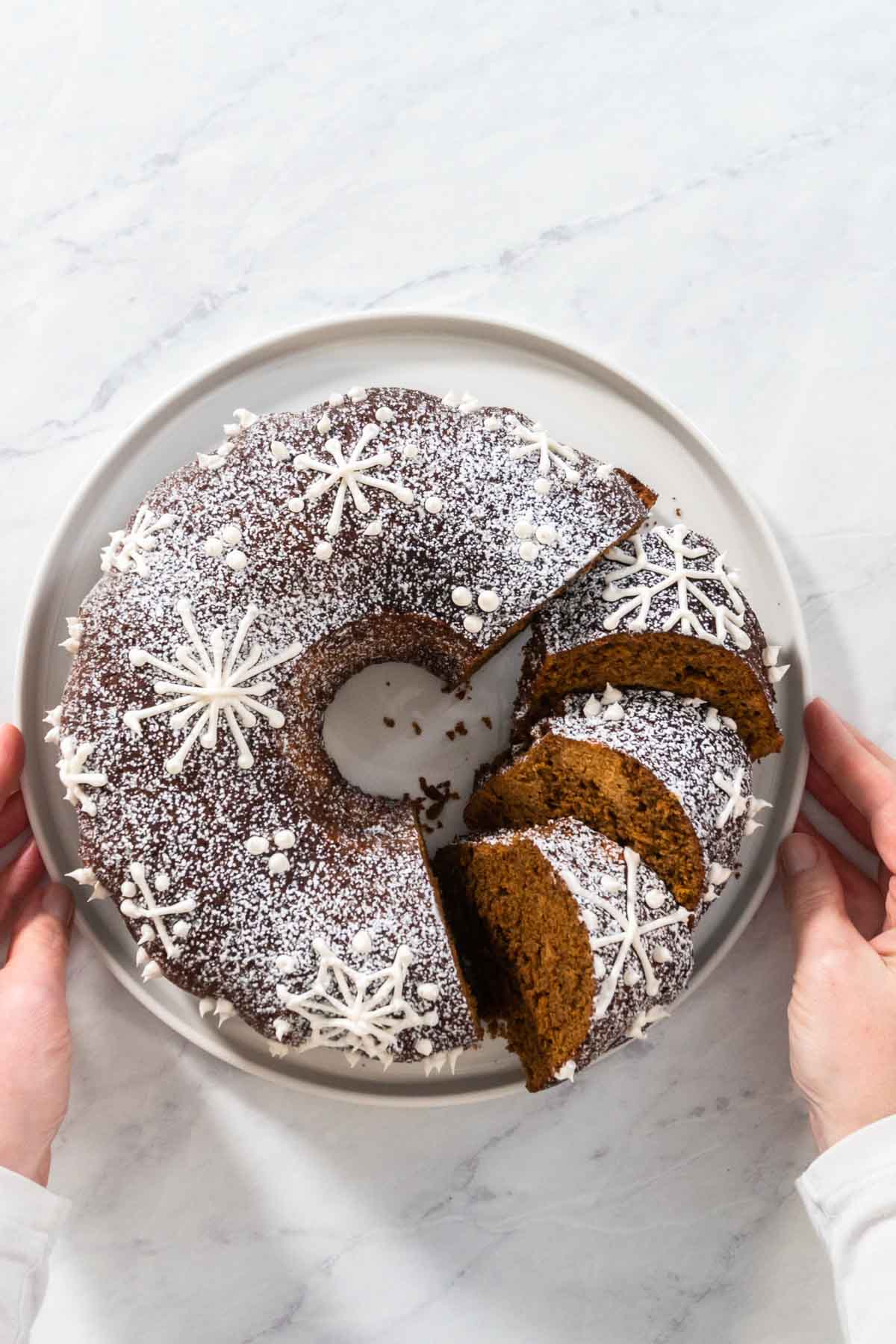

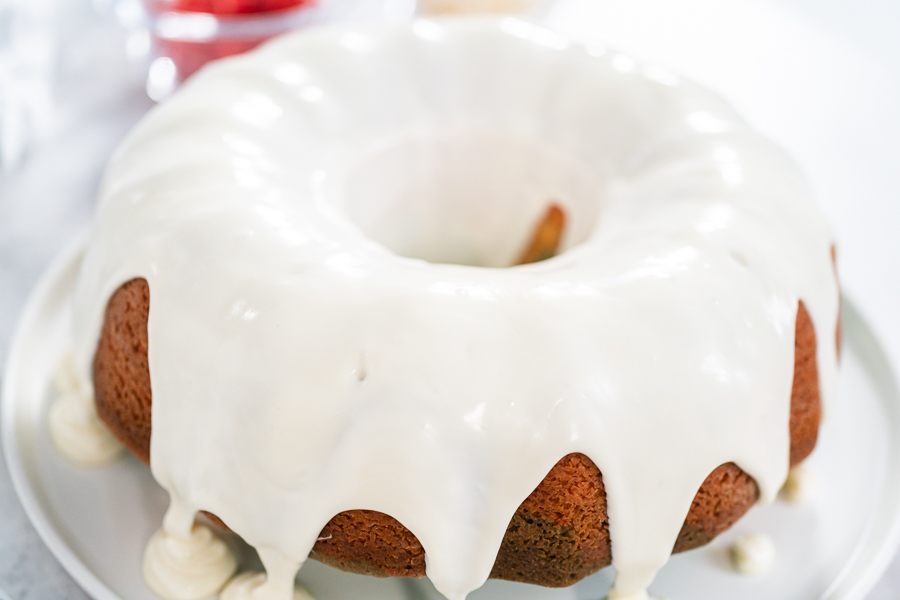
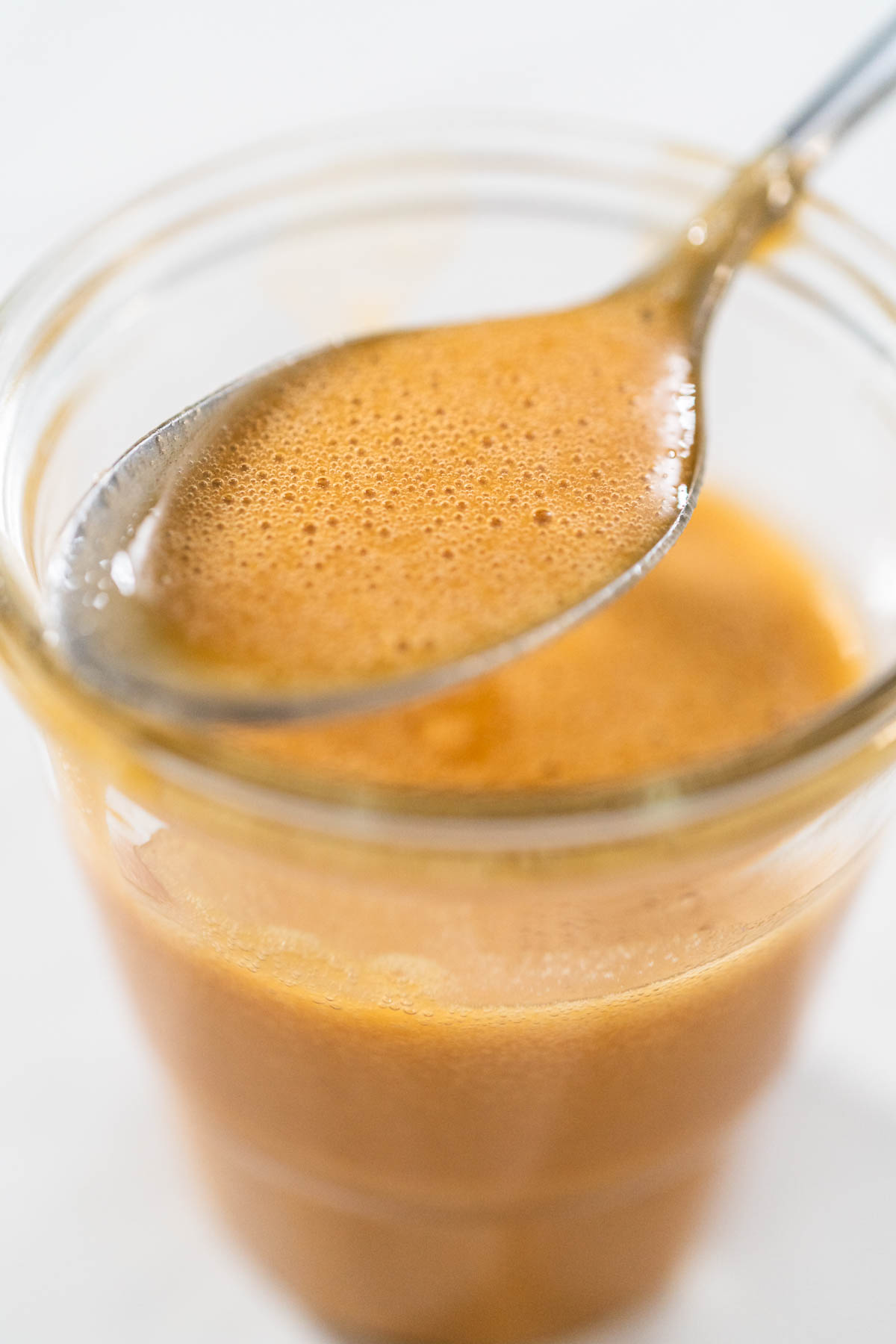
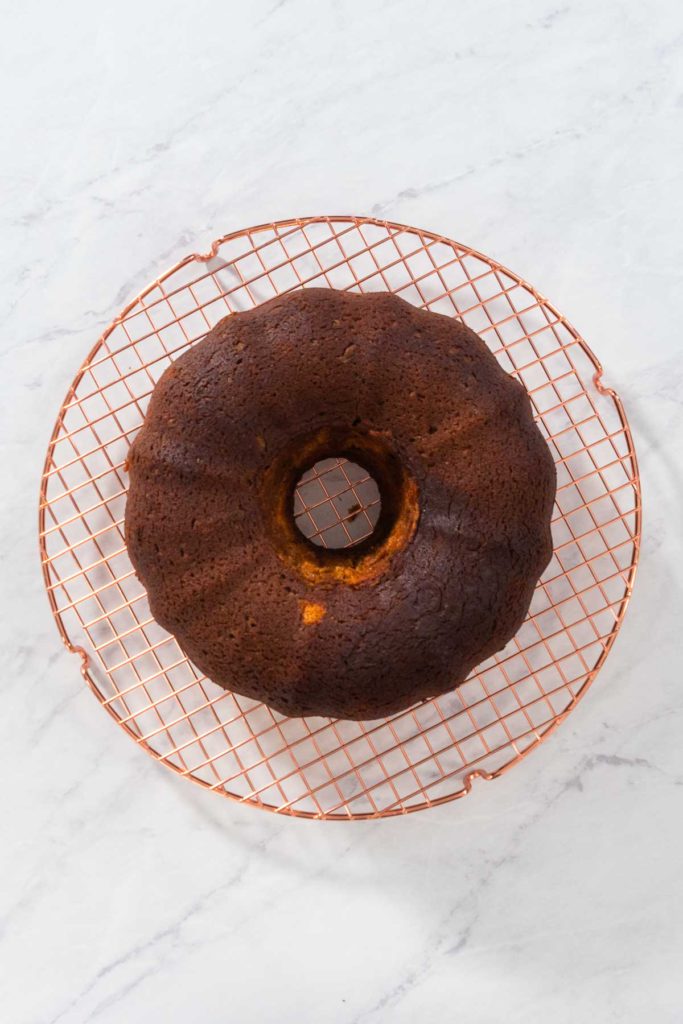


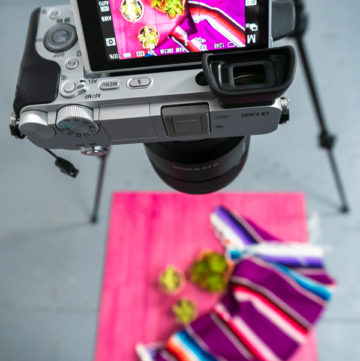



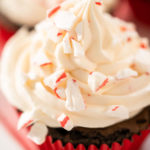


Leave a Reply